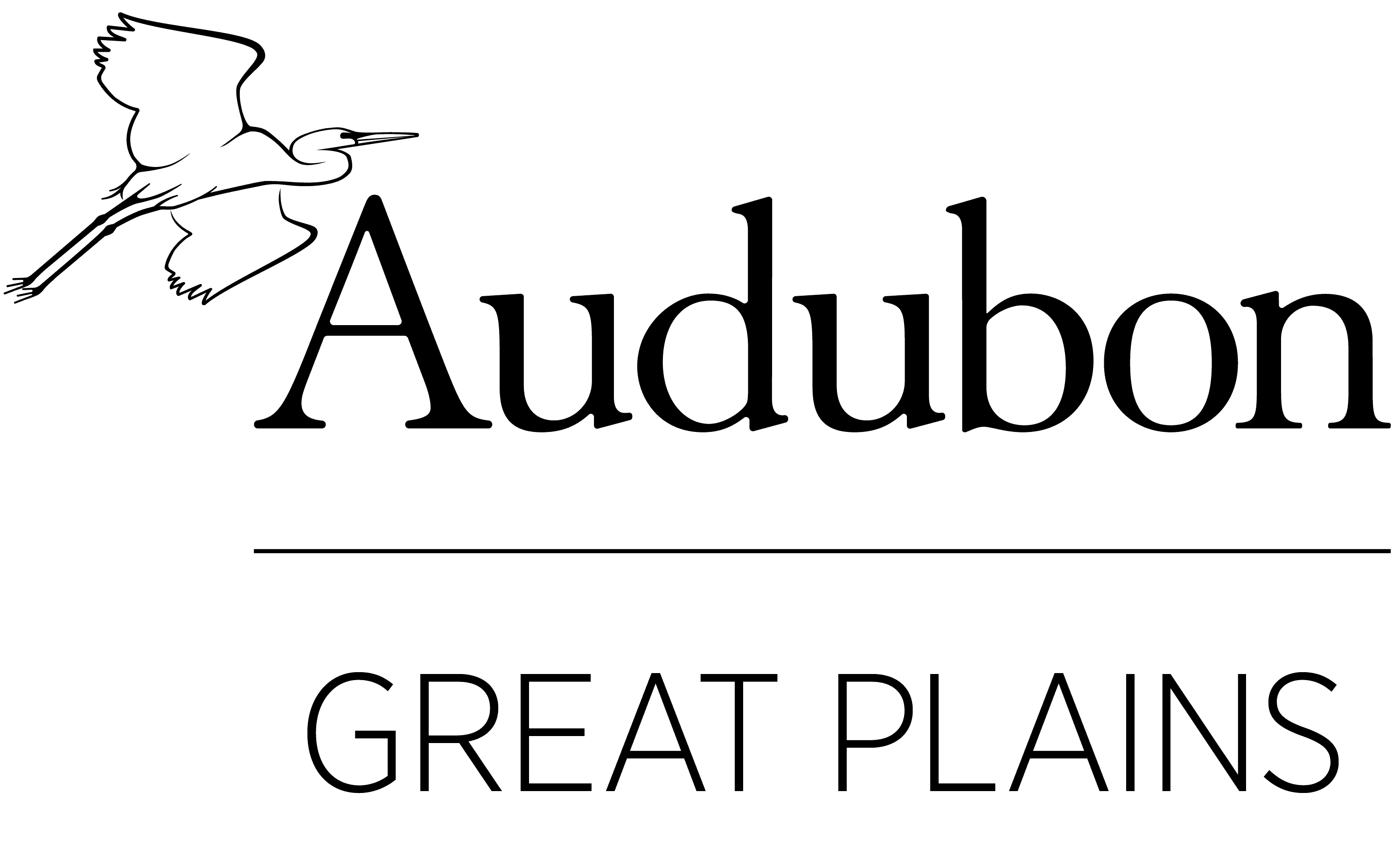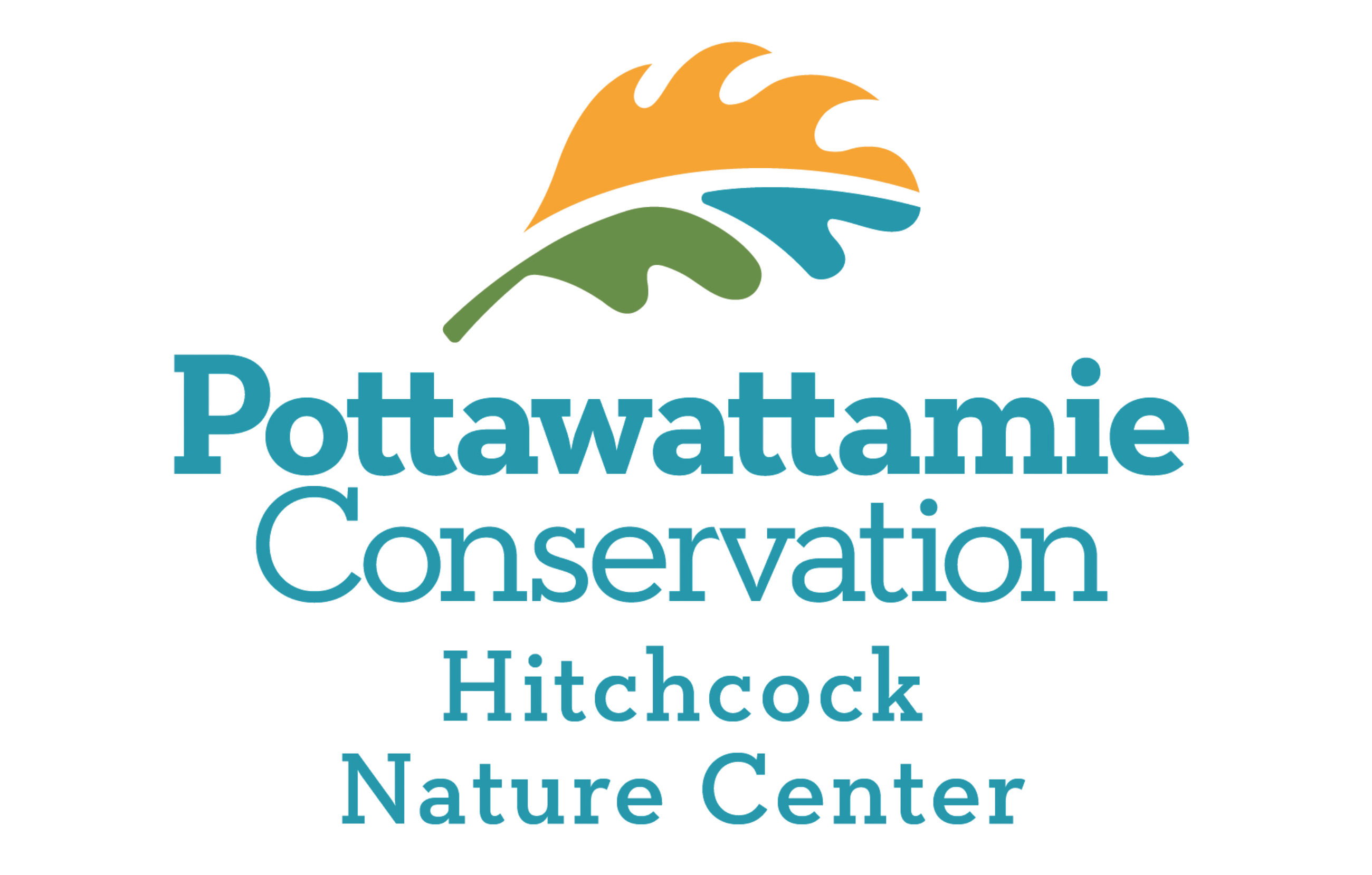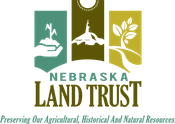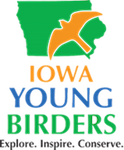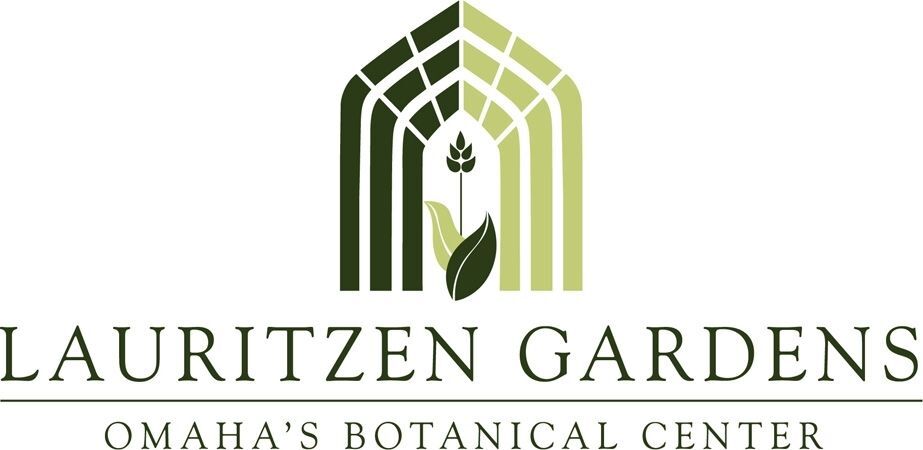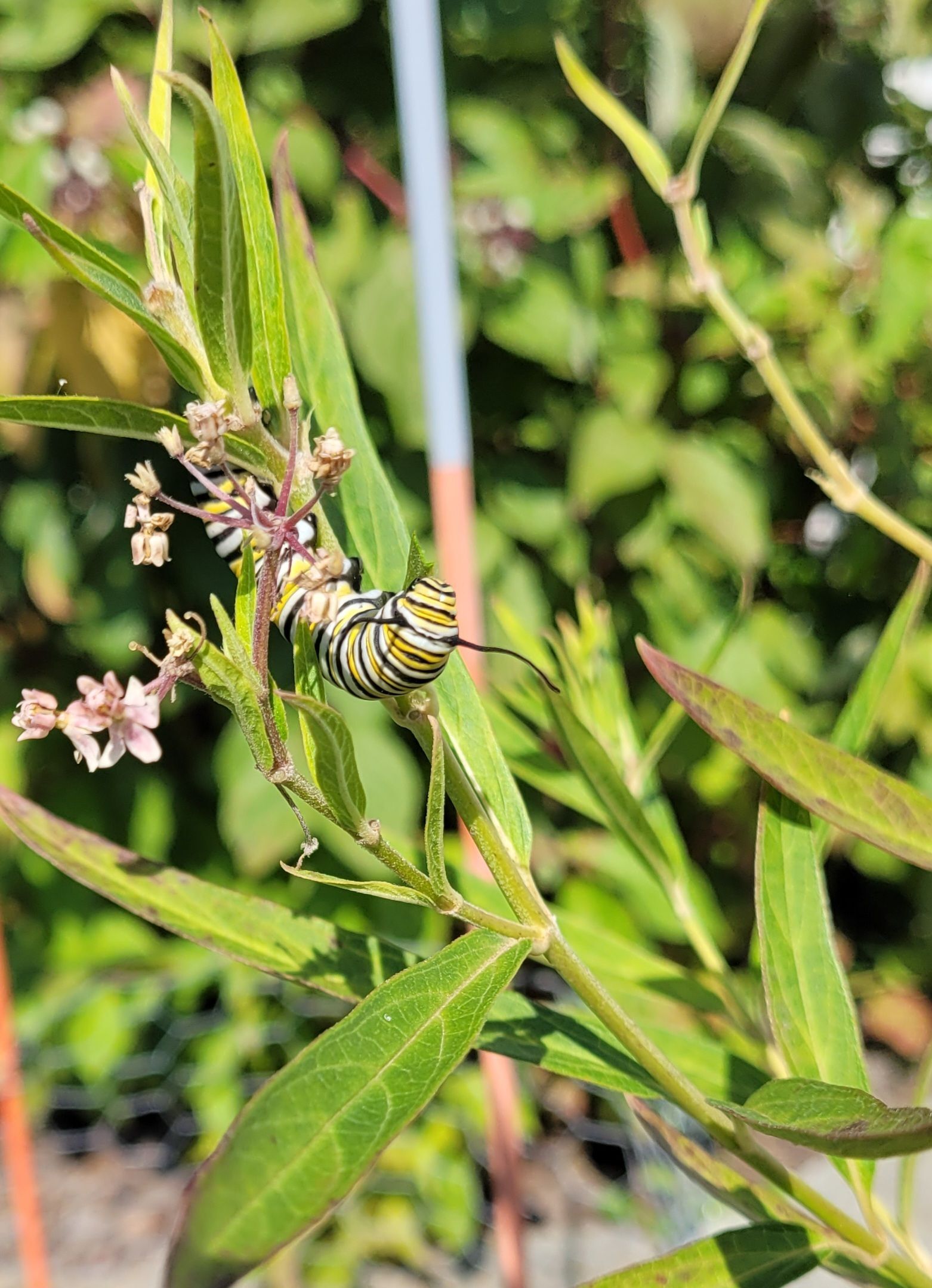
Photo: Monarch caterpillar on swamp milkweed, by Steve Geddes
Native plants provide a dependable, diverse and plentiful source of food and shelter for birds, butterflies and other pollinators. Birds rely heavily upon them for nesting materials, insects to feed their young, and seeds as a primary food source. We can all help mitigate the loss of native habitat by providing space for wildlife in our yards — and enrich our own lives, too.
Whether you are tiptoeing into planting native perennials by mixing them cautiously into an existing non-natives flower bed or starting from scratch in that orphaned blank space staring at you from your backyard, it can be daunting to choose those first native plants with which to begin your new adventure.
Most of us living out here on the Plains have at least a portion of our yards that receives a minimum of six hours of full sunlight each day. And most Plains native plants, including the varieties listed below, require that kind of sun exposure to thrive (although there are natives that thrive in shady or mixed habitats, a discussion for another time.) The following “beginner” plants are adaptable, not overly aggressive, and readily available, with the added bonus that they are all strikingly beautiful:
- Purple Coneflower: pinkish/purple blooms attract an array of pollinators, including monarchs, swallowtails and many more. Birds feed upon the dried seed heads year-round.
- Wild Bergamot: pale bluish/purple tubular flowers are frequented by many butterfly and bee species and hummingbirds. It's a busy place!
- Swamp Milkweed: pale pink clusters of crown shaped flowers attract a diversity of pollinators including the Monarch butterfly, which feeds upon the nectar and whose larvae feed upon its leaves. Likes to have its feet wet, but will thrive in average soil conditions.
- Butterfly Milkweed: a bright orange dome-shaped plant that, like the Swamp Milkweed, attracts many pollinators, including the Monarch. Prefers a dry hillside, but thrives anywhere once established. Does not like to be relocated once mature.
- Coreopsis-‘Lance-leaf,’ or ‘Prairie Tickseed,’ or both: although these are two different varieties, I love them both. Their golden to pale yellow flowers form compact domes of daisy-like blooms which create a pollinator paradise, always buzzing.
I should note that if you buy seedlings in two-inch pots or any plants not already in bloom, they will spend their first year in the ground establishing roots and will likely not bloom until the following year. If you buy plants from big box stores or nurseries, just be sure that they are natives. I do not recommend throwing down seed for beginners.
My own native habitat plot began with the above plant varieties in a 10’x10’ space. After four years, I have expanded the space to 10’x20’, including 20 plant varieties, some of which are native grasses. Okay, I will admit that I may have a native plant addiction problem.
There are many options for acquiring the plants that I have listed including the following:
- Nebraska Statewide Arboretum, plantnebraska.org
- Midwest Natives, midwestnativesnursery.com
- Mulhalls Garden Center
- Lanoha Nurseries
- Green Bellevue, free plants at Bellevue farmers market
…and many other vendors and giveaways as the planting season unfolds.


